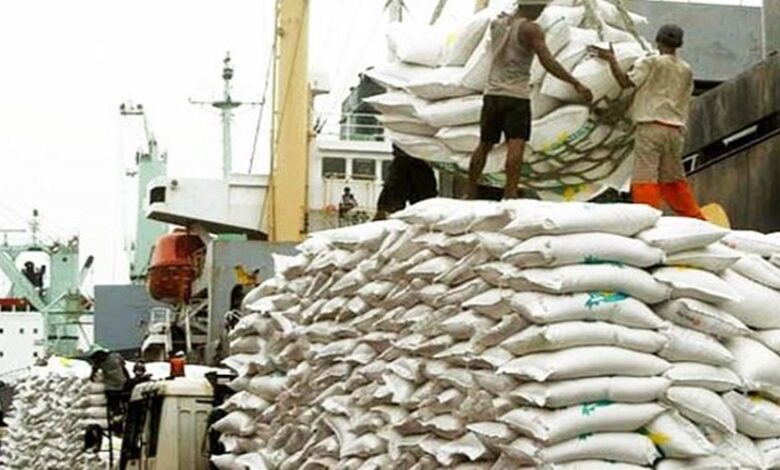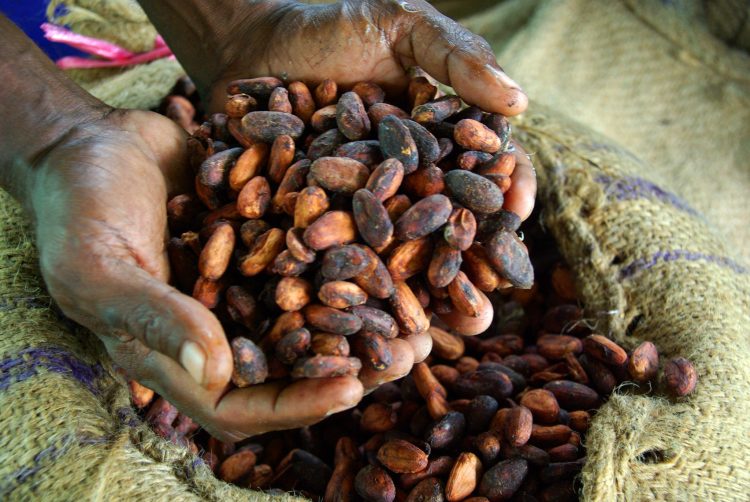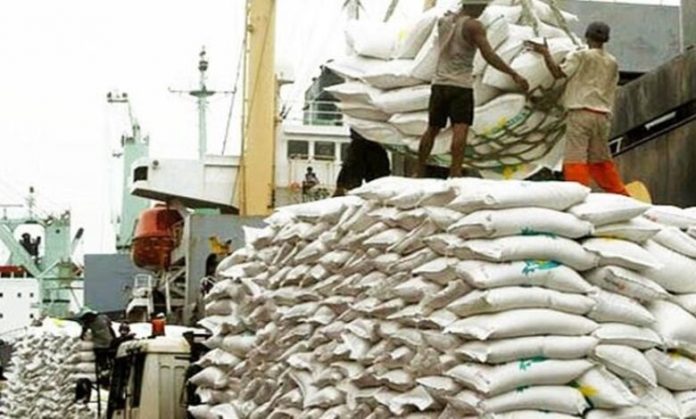
Ghana’s rice imports are projected to reach one million metric tons in the 2025/26 season, covering over half of national demand despite steady growth in domestic production.
According to the U.S. Department of Agriculture’s (USDA) Grain and Feed Annual 2025 Report, Ghana’s milled rice output is expected to rise by 18 percent to 900,000 metric tons, driven by favorable weather and increased farmer participation.
However, the outlook is clouded by climate risks. The Ghana Meteorological Agency has forecast “normal-to-below-normal rainfall and longer dry spells in 2025,” raising concerns about the sustainability of production gains.
National consumption is projected at 1.8 million metric tons, up from 1.75 million, fueled by population growth and shifting diets. The report notes that Ghana’s urban consumers prefer fragrant long-grain varieties, which are mostly imported.
Price volatility has further complicated the market. Between March 2024 and January 2025, the average price of a 100kg bag of rice jumped from GH¢200 to GH¢650, a 225 percent increase. Though prices eased to GH¢400 by March 2025, they remained double the level recorded a year earlier.
Import price comparisons also reveal competitiveness challenges for local producers. As of early 2025, a 25kg bag of Thai fragrant rice sold for GH¢690, Vietnamese rice at GH¢490, and local long-grain rice at GH¢535. With imports mainly from Vietnam, India, and Thailand accounting for about 70 percent of Ghana’s rice supply, domestic farmers struggle to match on both cost and quality.
The USDA highlights persistent structural barriers, including inadequate irrigation, low mechanization, and limited processing capacity, which continue to undermine local production. “Unless these bottlenecks are addressed, Ghana will remain heavily import-dependent, exposing consumers to global price shocks and currency pressures,” the report cautioned.
Rice has now become Ghana’s second most important cereal after maize, with per capita consumption standing at 51kg. While government initiatives such as the National School Feeding Programme aim to boost local rice demand, the USDA concludes that “quality concerns, inconsistent supply, and distribution hurdles” still weaken the competitiveness of domestic rice on the market.























































![[FREE FREE MONEY] Predict and Win a Guaranteed GH¢200 From Us EVERY WEEK](https://wordpress.ghanatalksradio.com/wp-content/uploads/2022/02/Predict-and-Win-Final-09-03-2021-218x150.jpg)
![[Predict & Win – 8th/Oct.] WIN A Guaranteed ¢200 From Us This Week](https://wordpress.ghanatalksradio.com/wp-content/uploads/2021/10/maxresdefault-16-218x150.jpg)
![[Predict & Win – 2nd] WIN A Guaranteed ¢200 From Us This Week](https://wordpress.ghanatalksradio.com/wp-content/uploads/2021/09/maxresdefault-50-218x150.jpg)
![[Predict & Win – 25th] WIN A Guaranteed ¢200 From Us This Week](https://wordpress.ghanatalksradio.com/wp-content/uploads/2021/09/maxresdefault-36-218x150.jpg)
![[Predict & Win – 18th] WIN A Guaranteed ¢200 From Us This Week](https://wordpress.ghanatalksradio.com/wp-content/uploads/2021/09/maxresdefault-23-218x150.jpg)












![[National cathedral] See full list of churches that have contributed since 2018](https://wordpress.ghanatalksradio.com/wp-content/uploads/2020/09/Ghana-National-Cathedral-GhanaTalksRadio-100x70.jpg)



